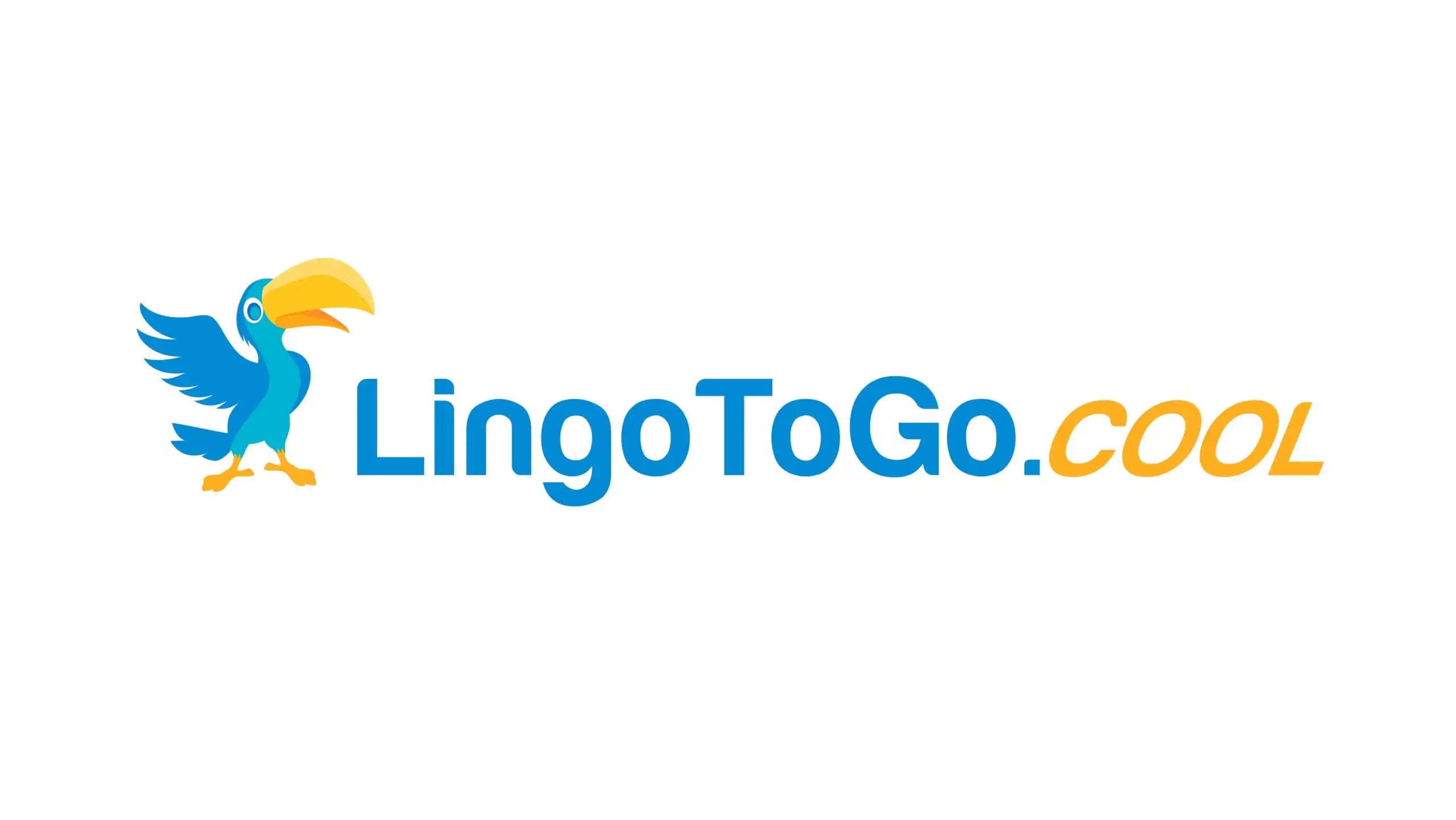Common & Unique Cuban Last Names: Understanding Your Cuban Heritage
Cuba’s diverse history has created a rich tapestry of surnames that tell the story of the island’s cultural evolution. When you explore Cuban last names, you’ll discover a fascinating blend of influences from Spanish colonization, African heritage, and waves of immigration from around the world.
Most Common Cuban Surnames
The most frequently encountered Cuban last names typically reflect the island’s Spanish colonial heritage:
- Rodríguez remains the most common surname in Cuba, representing thousands of families across the island and in diaspora communities. You’ll find this name particularly prevalent in Havana and Santiago provinces.
- García stands as another quintessential Cuban surname, carried by numerous prominent figures in Cuban arts and culture. Your family name might link you to notable Garcías like the acclaimed writer Cristina García.
- Pérez represents one of Cuba’s most widespread families, with deep roots in both urban and rural communities. If you carry this name, you share it with countless Cuban musicians, artists, and entrepreneurs.
Uniquely Cuban Last Names
Some surnames have become distinctively Cuban through their historical significance:
- Batista emerged as a powerfully Cuban name, though its origins are Portuguese. You might recognize it from Fulgencio Batista, the former Cuban president whose regime ended with the revolution.
- Céspedes carries special weight in Cuban history. If this is your surname, you share it with Carlos Manuel de Céspedes, known as the “Father of the Homeland.”
Afro-Cuban Surnames
The African influence on Cuban culture manifests in several unique last names:
- Danger, while seeming unusual to English speakers, represents a proud Afro-Cuban heritage. Your Danger surname likely traces back to ancestors who arrived during the colonial period.
- Gainza shows the fusion of African and Spanish influences, becoming distinctly Cuban over generations. You might find this name particularly common in eastern Cuba.
Asian-Cuban Heritage
The Chinese immigration wave of the 19th century introduced several surnames that became part of Cuba’s fabric:
- Chang remains one of the most common Asian surnames in Cuba. If you carry this name, your ancestors likely arrived during the sugar plantation era of the 1800s.
- Wong families in Cuba often trace their roots to Guangdong province, arriving during the same period as the Chang families.
Revolutionary Era Names
Some surnames gained new significance during Cuba’s revolutionary period:
- Castro, while common throughout Latin America, gained particular prominence in Cuba. Your Castro surname might lead others to ask about any relation to Fidel or Raúl.
- Guevara, though Argentine in Che’s case, became culturally linked to Cuban identity through the revolution.
Regional Variations
Cuban surnames often show regional patterns:
- Silveira appears more frequently in eastern Cuba, particularly in Santiago province. Your Silveira lineage might trace back to early Portuguese settlers in this region.
- Pino families often originate from central Cuba, with many having roots in Villa Clara province.
Modern Trends
Today’s Cuban surname landscape continues to evolve:
- Hyphenated surnames combining maternal and paternal lines have become more common, reflecting modern family structures.
- The Cuban diaspora has led to interesting variations in how these names are used and preserved abroad.
Understanding Cuban last names helps you connect with a rich cultural heritage that spans continents and centuries. Whether your surname reflects Spanish colonial history, African heritage, Asian immigration, or revolutionary era figures, it carries a unique story of Cuba’s diverse past and present.

